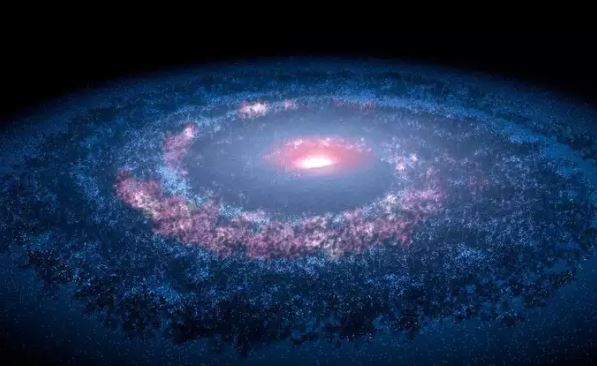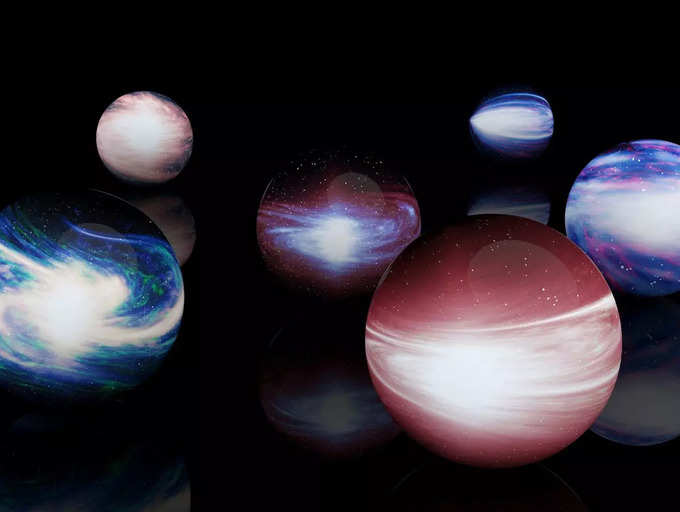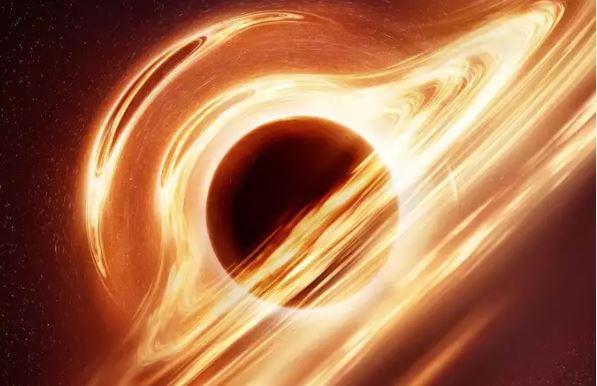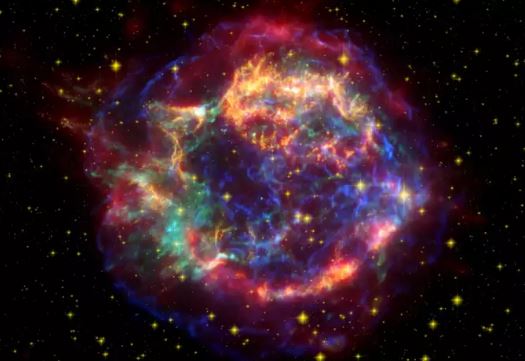Lifestyle
6 insane theories about the universe that might be true

The universe, a vast expanse of space and time, has been a subject of fascination and study for centuries.
From the ancient Greeks who proposed geocentric models to the revolutionary heliocentric model by Copernicus, our understanding of the cosmos has evolved dramatically.
The advent of modern physics and space exploration has further expanded our knowledge, revealing a universe that is not only expanding but also filled with dark matter and dark energy, forces that remain largely mysterious to us.
As we peer deeper into the cosmos, we encounter theories that challenge the very fabric of reality, suggesting that our universe may be far stranger than we could have ever imagined.
These theories, grounded in physics and mathematics, push the boundaries of our understanding and open up new possibilities for the nature of existence itself.
1. The Holographic Principle

The holographic principle is a theory that suggests our three-dimensional universe might actually be a projection from a two-dimensional surface at the edge of the universe. This idea comes from the study of black holes and implies that all the information about our universe could be stored on this flat surface, similar to how a hologram stores a 3D image on a 2D plate. If this is true, it would mean that our experiences of volume and space are just projections from this two-dimensional realm, fundamentally changing our understanding of how the universe works.
2. Simulation Hypothesis

The simulation hypothesis is an intriguing idea that suggests we might be part of an elaborate simulation, much like characters in a video game. The theory argues that if future civilizations have enough computing power, they could simulate entire worlds, possibly to study their history or for other reasons. If this were true, it would mean that everything we experience is just programmed code, and we wouldn’t be able to easily tell the difference between the simulation and reality. This raises fascinating questions about the nature of existence and our place in the universe.
3. Multiverse Theory

The multiverse theory is a fascinating concept that suggests there might be countless other universes besides our own. According to this theory, these universes could be very different from ours, or they could be nearly identical, with slight variations. The idea comes from quantum mechanics and cosmology, and it implies that there could be other versions of ourselves living different lives in these other universes. It’s a mind-bending idea that challenges our understanding of reality and suggests that our universe might just be one page in an enormous library of possibilities. The concept of the multiverse arises from various theories in physics, including Inflationary Cosmology, String Theory, and Quantum Mechanics. It’s important to note that the multiverse theory remains speculative and highly theoretical, with limited empirical evidence directly supporting its existence.
4. Braneworld Scenario

The braneworld scenario is a theory that imagines our universe as a three-dimensional “brane” drifting in a higher-dimensional expanse called “the bulk.” This model suggests the existence of other parallel branes, each potentially harboring its own universe. Such a framework could shed light on the peculiar imbalances observed in subatomic forces and even entertain the notion of interactions between our universe and neighboring ones. It’s a concept that stretches the boundaries of our cosmic understanding, hinting at a reality far more intricate than our senses perceive.
5. The Big Splat

The Big Splat theory is an extension of the braneworld scenario, where our universe’s origin is envisioned as the outcome of a colossal impact between two branes. This cataclysmic event would release a vast amount of energy, sufficient to spark the genesis of a universe. It presents a cyclical view of the cosmos, where universes are perpetually born and obliterated. This theory redefines the traditional Big Bang concept, suggesting that the inception of our universe is merely a single episode in an infinite sequence of cosmic occurrences.
6. The Ekpyrotic Universe

The ekpyrotic universe theory offers a different perspective on the cosmos’ origins, suggesting that the universe experiences cycles of heating up and cooling down, expanding and contracting. Instead of a singular “big bang,” this model introduces the concept of a “big bounce,” where after a period of contraction, the universe rebounds into a new expansion phase. This cyclical process could account for the even distribution of cosmic microwave background radiation, providing an alternative explanation to the traditional inflation theory.
Do you know how big the universe is?

The universe is vast beyond comprehension, currently estimated to be about 93 billion light-years in diameter. This measurement pertains to the observable universe, which is the portion of the universe we can see from Earth with the help of modern telescopes. To put this into perspective, one light-year is approximately 9 trillion kilometers (or 6 trillion miles), and the observable universe extends for about 93 billion of these light-years. It’s important to note that the entire universe might be much larger than what we can observe; some theories suggest it could be up to 250 times larger than the observable part, potentially spanning at least 7 trillion light-years across. The universe’s size is a testament to its continuous expansion since the Big Bang, approximately 14 billion years ago.









